AUDIO SHOW DELUXE 2023 – ABSOLUTE SOUNDS
Absolute Sounds will be exhibiting at this year’s Audio Show Deluxe which will take place on Saturday 25th and Sunday 26th March at Whittlebury Park, Northamptonshire, a stone’s throw from the famous Silverstone race circuit.
More »
HiFi Pig MEET BURMESTER IN STUTTGART
On the road in Germany with Burmester at Studio 26, at the Sophienstraße, Stuttgart.
HIFI PIG ADVERTISING PROMOTION
HiFi Pig brings you a series of promotional articles about the essential brands of High End Munich 2022. As well as the High End Society show at the MOC, there is also a free entry show, the HiFi Deluxe at the Munich Marriott Hotel, with a shuttle bus from the MOC to get you there.
Read on for more about their philosophy, their products and, of course, where they will be at this year’s HiFi Deluxe Show.
More »
MEZE AUDIO ELITE ISODYNAMIC HEADPHONES LAUNCHED
Romanian company Meze Audio has launched a brand new addition to their high-end listening range, the Meze Audio ELITE Isodynamic Headphones.
Estelon is a high-end loudspeaker manufacturer based in Estonia and this year they are celebrating ten years of creating what they hope are “the world’s best loudspeakers”. Hifi Pig caught up with chief designer and engineer Alfred Vassilkov to ask him a few questions about the brand, their philosophy, and more.
A big thanks to GamuT who have donated a 1.5m pair of GamuT Reference interconnects, with a choice of either RCA or XLR terminations. The retail value of these is £2,700. (You don’t get a copy of Rumours, but you do get the GamuT cable box which doubles as a mega-cool LP carrier).
The Current prize list is as follows,:
Kralk Audio BC-30 FL loudspeakers in Statement Silver Oak & Tellurium Q Black speaker cables up to 2.5m in length
Chord Company £600, 1.5m Signature Array Power Cable (county designated plug)
IsoTek mains loom (UK plugs and sockets) From Sound Fowndations £750
Studio Connection interconnect and mains cable (country designated plug) £600 and £200
Signed Brian May photo
Audio Suspension ASU-100 Turnatble Shelf (£240)
Sanus VuePoint 47-80” Tilting TV Mount (£69.99)
Two Audiomica MAGNET GOLD power cables, worth 400 CHF each. One cable has a Schuko plug and the other a 16 amp Swiss plug. Donated by Artizan Audio.
Lyudmila Gorbulya handpainted plate from Voyla Audio
Flare R2S earphone (£300 ) and Isolate Pro (£46)
1.5m pair of GamuT Reference interconnects, (£2700)
These will be drawn in the above order once the 30 days of fundraising has finished. Please leave your full name when donating to make it easier for us to contact you and save the email that you receive confirming your donation, if you are a winner you will need to send this to us with your shipping details.
Spiritland, opening in September in King’s Cross, London is “a world first music-led concept built around the best sound system in the world – a one-off, exceptional creation playing original, in-depth musical programming day and night. It’s all about the music, the artist and the listening experience.” It sounds like our kind of place with a well stocked bar, a restaurant, a shop selling audio accessories, headphones, CDs and records plus a radio station featuring analogue and digital equipment.
The high end system has been put together by Kevin Scott of Living Voice and Definitive Audio and features bespoke Living Voice horn loudspeakers, which are being finished as I write this, paired with valve amplification from Italian manufacturers Atelier du Triode. While the system will be playing music of all genres all day and every day, at 6pm each week night an album will be played in it’s entirety on the Kuzma Stabi XL2 turntable. The Spiritland rotary mixer is built by Isonoe, a London-based company who hand build unique mixers and modify turntables for some of the most in-demand DJs.
Over nearly two decades the Acutus turntable from UK manufacturer Avid, has progressed to become renowned 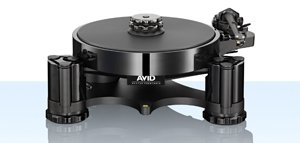 throughout the audio industry. Visually the turntable is a striking piece of engineering, its distinctive polished chrome finish having done much to set the fashion for open skeletal styling.
throughout the audio industry. Visually the turntable is a striking piece of engineering, its distinctive polished chrome finish having done much to set the fashion for open skeletal styling.
Whilst we at Hifi Pig always thought the turntable looked stunning in chrome, Avid had many requests for a black version, but due to the complexity in perfecting the standard of finish required this never happened. Now technological improvements and bespoke tooling have allowed the possibility of Avid offering a lustrous black finish on both the Acutus SP and Acutus Reference SP.
The Acutus SP Black and Acutus Reference SP Black are available now with a UK retail price of £12,000 and £17,000.
Celebrated in 1987 for its unique design by the New York Museum of Modern art where it was displayed, the  Goldmund Apologue loudspeaker stands as a major milestone in Swiss high-end audio brand Goldmund’s history.
Goldmund Apologue loudspeaker stands as a major milestone in Swiss high-end audio brand Goldmund’s history.
25 years later, Goldmund is paying a tribute to this extraordinary product by issuing a Limited Series of 25 Goldmund Apologue Anniversary with an exactly identical design, but with all the technological advances made by the company over the last 25 years.
The 1987 edition of the Apologue was a 3-way passive speaker. The Apologue Anniversary comes with twice as many drivers and built-in amplification totaling a whopping 3600W per pair.
To this extreme power, Goldmund have added the latest signal corrections developed by their “Goldmund Fundamental Research” department.
The signal feeding the Apologue Anniversary is sent wirelessly, so the 2 speakers of a stereo system can be set up without any cable, except for an AC plug that can be installed below the speaker.
Buyers can require a specific finish that they can select with Goldmund Custom Shop experts who will also install the pair of loudspeakers anywhere in the world and tune them precisely to the customers room.
The Apologue Anniversary price has been set slightly over half a million dollars and can be ordered with a deposit of $60 000.
Luxury high end audio manufacturer Gryphon Audio Designs of Denmark is celebrating the launch of their greatest  loudspeaker achievement yet, the four-tower Gryphon Pendragon.
loudspeaker achievement yet, the four-tower Gryphon Pendragon.
Conceived to be partnered with the Gryphon Pandora preamplifier and Mephisto (stereo) or Mephisto Solo (monoblock) power amplifiers, the three-way Gryphon Pendragon system employs a bass tower (eight 8” bass drivers per channel driven by a custom-designed 1000 Watt Gryphon Class A/B power amp) and an open baffle mounted with a two meter long dipolar planar magnetic thin-film ribbon (covering the 200 Hz – 18 kHz with no crossover in its operating range) alongside a vertical array of four dipolar Air Motion Transformer super-tweeters, specified to beyond 32 kHz.
Gryphon founder and CEO Flemming E. Rasmussen elaborates, “We had committed considerable resources over the past decades to solving the many inherent problems of crossover networks, but it has always been in the back of our minds that eliminating a problem altogether is a far more elegant solution. By coming up with a single, broadband drive unit with ideal sound reproduction and mechanical behaviour across more than seven octaves, Gryphon Pendragon eliminates crossover components in the critical mid frequency range, preserving spectral and temporal integrity.”
Price is €150 000.
The latest in the series of Conrad-Johnson vacuum-tube power amplifiers, the LP125sa is announced for release in 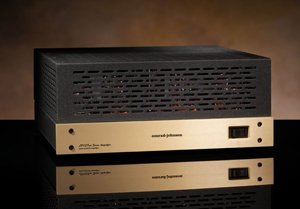 the UK by Audiofreaks distribution. The high-end amplifier is a single stereo block and, at 125 watts per channel has ample power for the majority of high-end loudspeakers.
the UK by Audiofreaks distribution. The high-end amplifier is a single stereo block and, at 125 watts per channel has ample power for the majority of high-end loudspeakers.
The LP125sa audio circuit consists of three stages. The input signal is amplified by a single-ended triode amplifier, the signal is then direct coupled to a cathode coupled phase-inverter and this high cur rent, triode phase-inverter stage provides a bal anced, low impedance drive to the output stage which is provided by two pairs of KT120s per channel.
The LP125sa boasts massive transformers and a small amount of loop negative feedback reduces distortion and achieves a reasonably high damping factor.
The power supplu in the LP125sa is a separate, low impedance, discrete dc affair and regulators are provided for the input and phase-inverter stages, “preventing the output stage from modulating these stages through the power supply”.
A built in bias meter allows for simple biasing of the valves.
The amplifier is available in a standard configuration for just shy of £8000 and a “plus” version with upgraded caps and resistors comes in at a fiver short of £10000.
As we’ve mentioned in the introductory blurb to this series of articles, beauty is very much in the eye of the beholder  when it comes to Hifi equipment, but we think that the Avantgarde Trios will appeal to pretty much anyone with a passing interest in hifi and, dare we suggest, will also score highly on the WAF scale too. OK, they do look a little bit like something from another planet and they certainly don’t conform to the minimalist approach to high-end loudspeaker design, but then we think they look all the better for this.
when it comes to Hifi equipment, but we think that the Avantgarde Trios will appeal to pretty much anyone with a passing interest in hifi and, dare we suggest, will also score highly on the WAF scale too. OK, they do look a little bit like something from another planet and they certainly don’t conform to the minimalist approach to high-end loudspeaker design, but then we think they look all the better for this.
The Avantgarde Trio is a three way spherical horn ‘satellite’ which is then complimented below 100Hz with active subwoofers or by 2 to 6 Basshorn modules.
Low- mid Frequencies on the Trio are handled by the 38” horn, which is driven by an 8” driver, the midrange (down to 600Hz) is dealt with by a 23” horn and the top end by a 7” horn. With only 4 passive crossover components the system delivers a very healthy 109dB sensitivity.
The Trio, even without the Basshorn modules, is certainly no shrinking violet and stands a full 1.67m in height and 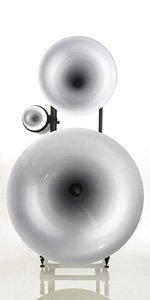 95cm in width. Each unit is also 83cm deep and so whilst the Trios are big, they aren’t huge, though they do weigh in at an impressive 56Kg each.
95cm in width. Each unit is also 83cm deep and so whilst the Trios are big, they aren’t huge, though they do weigh in at an impressive 56Kg each.
The Basshorn is an active bass system with a frequency response of 18 to 250 Hz. Each Basshorn is driven by two 12 inch long excursion drivers with 600 watts RMS. The mouth area of each Basshorn module is 9 ft squared. With six Basshorns in the system this offers a colossal 54 ft squared.
Whatever of the specifications and measurements (that’s not what this article series is about) the Avantgarde Trios certainly strike an impressive and impactful visual statement and they undoubtedly don’t try to hide themselves away from passing glances. With the f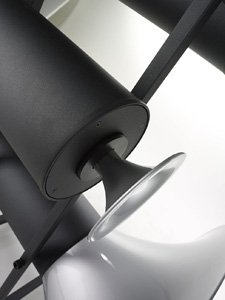 ull compliment of 6 Basshorn modules the Trios will certainly dominate any room in which the lucky owner chooses to place them, but we feel there is a certain stunning beauty about the ensemble.
ull compliment of 6 Basshorn modules the Trios will certainly dominate any room in which the lucky owner chooses to place them, but we feel there is a certain stunning beauty about the ensemble.
Eleven standard colours are available to further enhance the appearance of the already striking loudspeaker – from ‘Turmaline Vivid Black’ to ‘Ruby Brilliant Red’. The look of the Trios is certainly very contemporary, but we think that whether in an ultra-modern and minimalist apartment, or a more traditional living space, they are a statement piece that will get your visitors talking.
Now, there are options and the trio is available in either the standard ‘one-on-top-of-the-other arrangement’, or the curved ‘Trio Classico’ curved frame… though this is a $2400 option atop the, already not insubstantial, $68 000 for the standard Trio with the standard subs. Add the full compliment of six Basshorn modules and, let’s face it who wouldn’t want to do this, you get the price up to a bank-balance-busting $163 000…plus another $6000 if you want a customised colour. These are luxury items and luxury hifi comes at a price. Would they be on my short list if I had the money…oh yes!
Sanders sound electrostatics now in UK
High-End dealer Scott Nangle Audio have announced that they are now stocking and have on demo, the Sanders  Sound Model 10c Electrostatic loudspeakers.
Sound Model 10c Electrostatic loudspeakers.
The 10c loudspeakers are 94dB sensitive and so should be an excellent match for lower powered valve amplification or the company’s Sanders Magtech amplifiers.
The bass of the Sanders Sound 10c is handles by a 10inch driver in a transmission line arrangement and are said to be flat down to 22Hz. Crossovers are external digital affairs and are designed specifically with bi-amping in mind. They come with 2 pairs of 12 feet Sanders loudspeaker cable, a Magtech stereo power amplifier rated at 500w for the bass and a useful remote control.
The loudspeakers come with a lifetime warranty and are made in the US where Sanders have been building electrostatic loudspeakers for the last 30 years.
Price £ 8,200
Today Wilson Benesch unveil their most ambitious product to date – The Cardinal Loudspeaker is the most advanced  loudspeaker ever developed by Wilson Benesch – Carbon fibre based and advanced composite systems enable a shell structure with a massive air volume. These curved elements give the cabinet a complex internal geometry to counter standing waves and ensure signal to noise ratio that is “second to none”.
loudspeaker ever developed by Wilson Benesch – Carbon fibre based and advanced composite systems enable a shell structure with a massive air volume. These curved elements give the cabinet a complex internal geometry to counter standing waves and ensure signal to noise ratio that is “second to none”.
The Cardinal’s form and geometry is instantly recognisable as a Wilson Benesch design incorporating accents that have evolved from many predecessors including the A.C.T. One, The Bishop and The Chimera. The Cardinal’s footprint is more than twice that of the Chimera, standing 12-inches (1-ft) higher, affording the Cardinal a 65% larger air volume.
Like the rest of the Geometry Series, The Cardinal is fitted with proprietary Tactic-II Drive units and the Semisphere Tweeter. Eighteen drive units in total deliver wide bandwidth sound from 25Hz to 35KHz.
Mid-range frequencies are handled by two highly optimized upper and lower mid-range Tactic-II Drive Units. Meanwhile, the Isobaric Tactic formation makes a return in the Cardinal with four Tactic-II Drive Units deployed to achieve a “new benchmark in dynamics and transient response”.

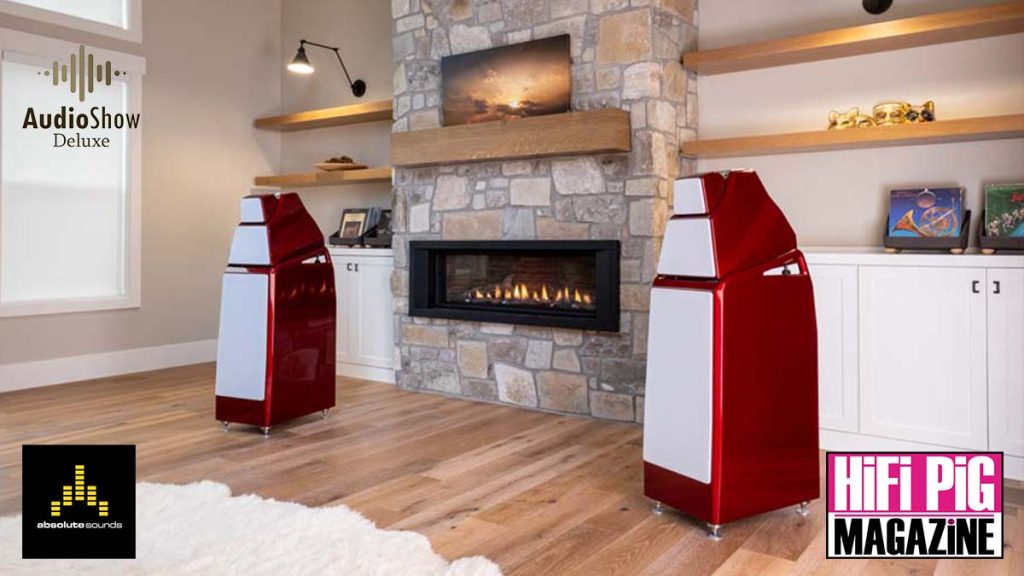
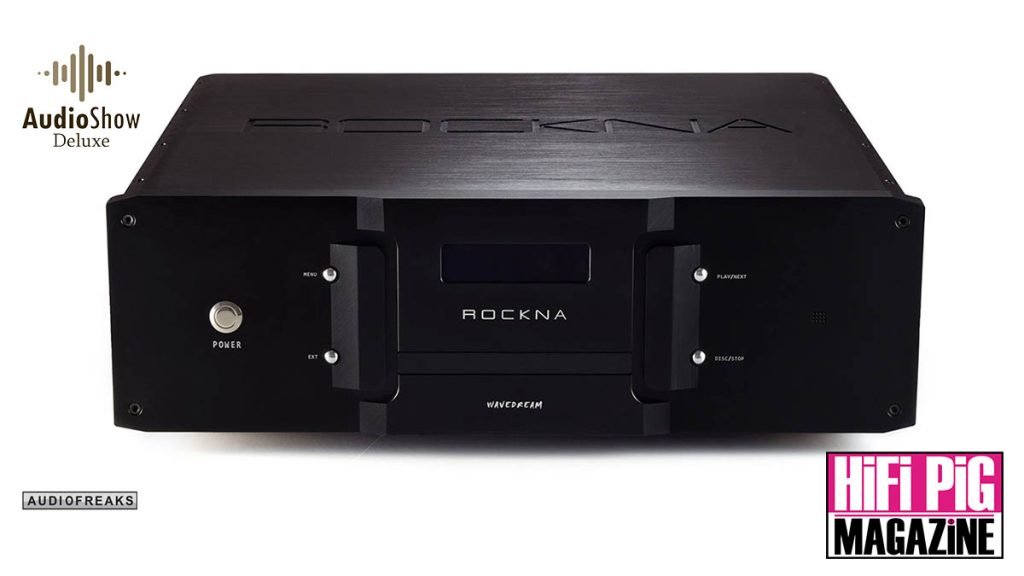
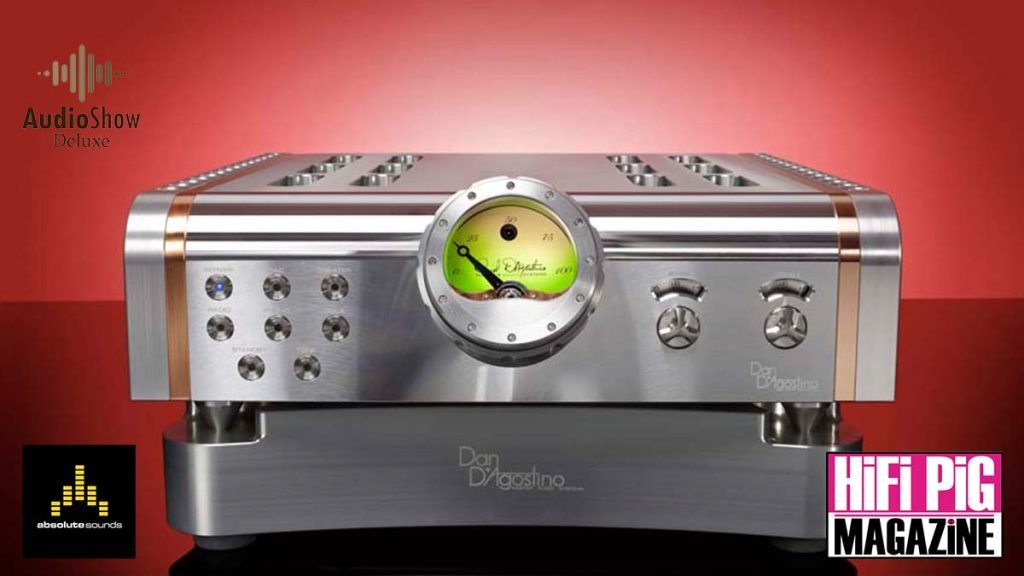
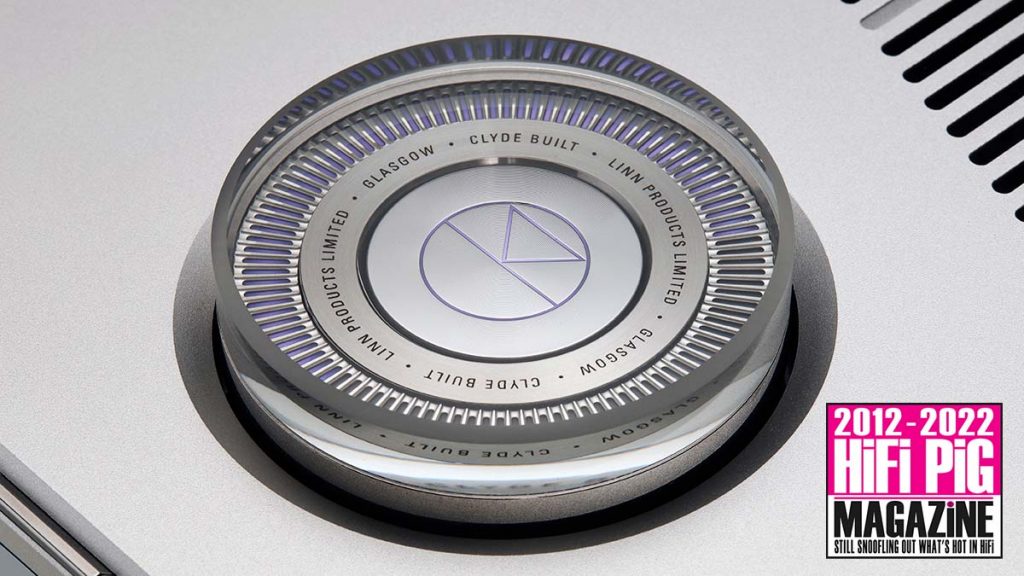
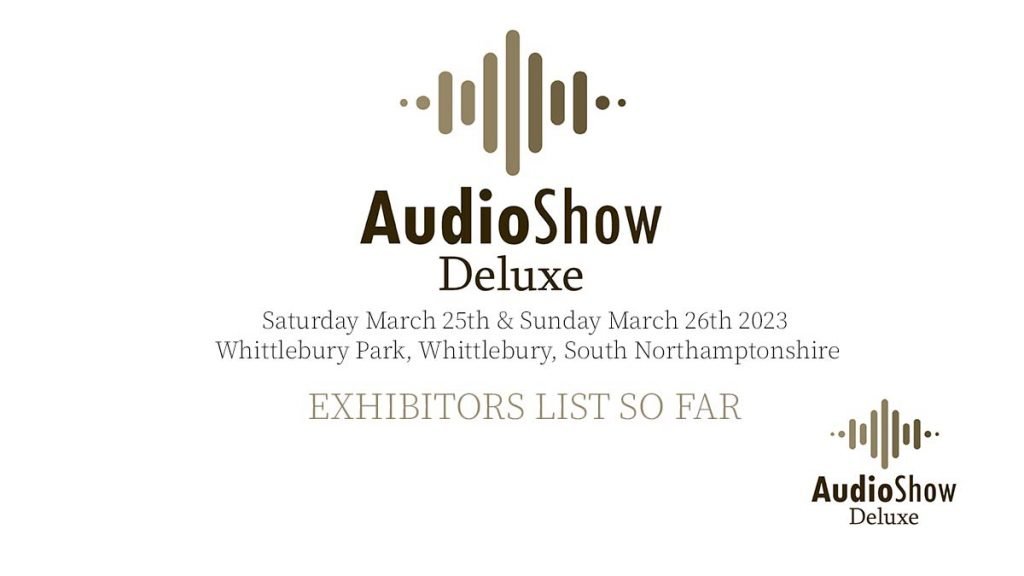
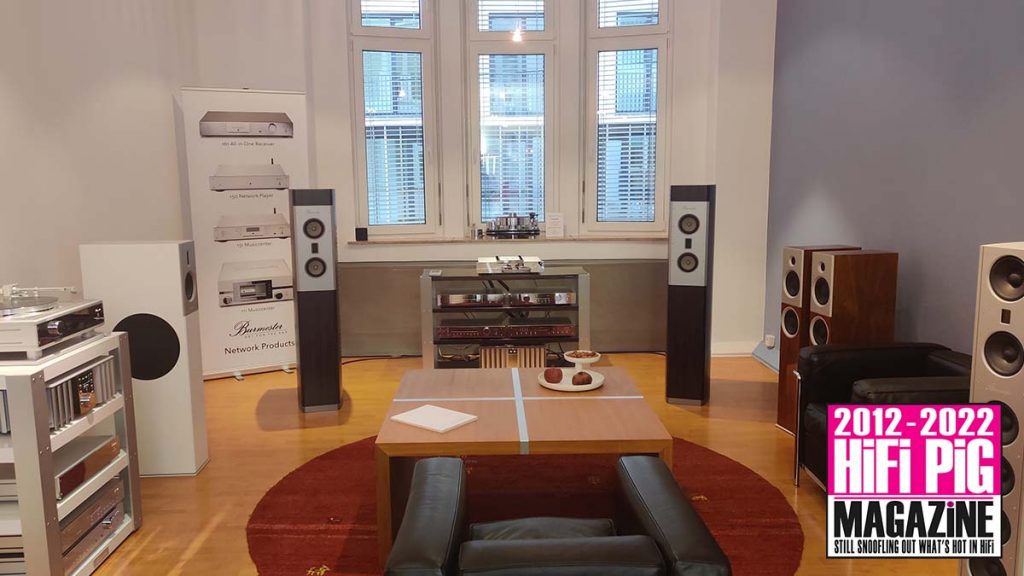

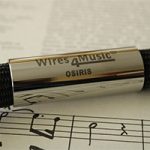
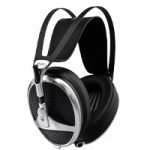

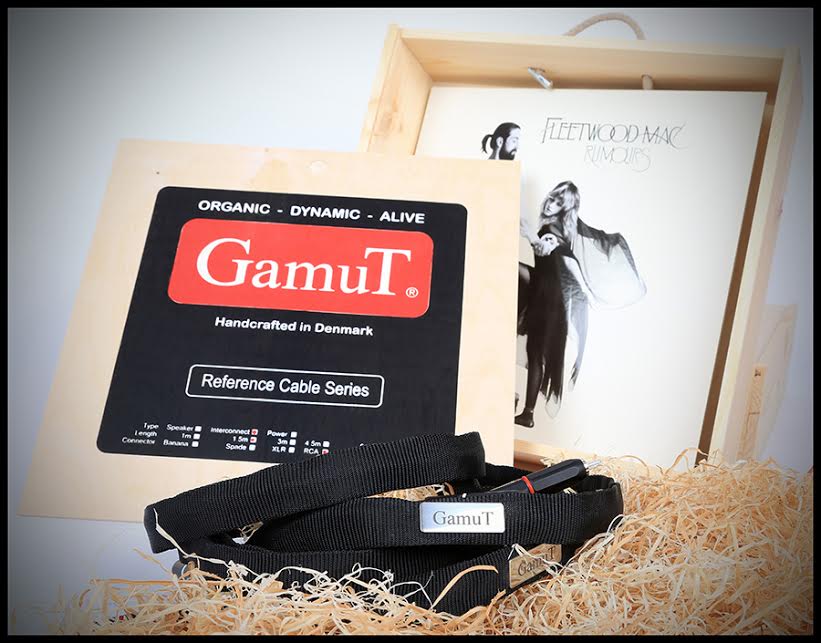







































































































































Machines For Joy
High-End audio and why people buy into the whole concept is a complex subject…Stuart Smith talks about very expensive cars instead. More »
More »